Convertible Arbitrage: Insights and Techniques for Successful Hedging
$23.04
| Author(s) | |
|---|---|
| Format |
|
| Pages |
307 |
| Publication Year |
2003 |
Convertible Arbitrage offers a thorough explanation of this unique investment strategy. Filled with in-depth insights from an expert in the field, this comprehensive guide explores a wide range of convertible topics. Readers will be introduced to a variety of models for convertible analysis, “the Greeks,” as well as the full range of hedges, including titled and leveraged hedges, as well as swaps, nontraditional hedges, and option hedging. They will also gain a firm understanding of alternative convertible structures, the use of foreign convertibles in hedging, risk management at the portfolio level, and trading and hedging risks. Convertible Arbitrage eliminates any confusion by clearly differentiating convertible arbitrage strategy from other hedging techniques such as long-short equity, merger and acquisition arbitrage, and fixed-income arbitrage.
Introduction:
Investment professionals familiar with convertible arbitrage techniques recognize the strategy as a rock-solid tool for generating significant returns regardless of market movements. It s no surprise, then, that amidst the backdrop of market volatility and investor uncertainty, the field of convertible arbitrage keeps growing. Since 1993, the convertible arbitrage market has grown at an astounding 45% compound annual growth rate through the first half of 2002 to $24 billion.*
In Convertible Arbitrage: Insights and Techniques for Successful Hedging, renowned investment expert Nick P. Calamos shows you ways to make the most of convertible arbitrage, explaining how to boost returns while decreasing risk no matter what the market is doing.
The practice of convertible arbitrage takes advantage of the unique hybrid nature of convertible securities, which combine both fixed-income and equity characteristics. It typically involves matching a long position in convertible securities usually convertible bonds with a short position of corresponding stock. The bond pays interest and guarantees a yield upon maturity but you also can participate in the movement of the underlying stock because a convertible bond s option component makes it readily convertible into stock. Convertible arbitrage thus allows investors to create positions that achieve either market-neutral returns or that have a bias towards a security s future price, offering tools to both the defensive and aggressive investor.
This not-to-be-missed guide gives you:
- A top-to-bottom overview of convertible arbitrage its history, how it works, and why it is especially useful in a volatile market
- In-depth coverage of convertible valuation models and the “greeks,” the statistical qualifications of convertible functions
- Reasons why the credit and business valuation of a convertible can make or break your hedge position
- A thorough review of convertible arbitrage techniques from delta hedges and convertible option hedge techniques to swaps and nontraditional hedges
- An insider s guide to portfolio risk management, including tips on portfolio evaluation, risk analysis, and optimization
The array of convertible securities available and the ever-shifting financial engineering behind them demands a practical working knowledge of convertible arbitrage hedging techniques. Not only does Convertible Arbitrage put those techniques at your fingertips, it also helps you use those techniques to prepare for and profit from new twists in convertible terms, types of securities, or derivative hedge products.
Contents:
- Convertible Arbitrage: An Overview
- Valuation
- The Greeks
- Credit and Equity Considerations
- Convertible Arbitrage Techniques—Delta Hedging
- Gamma Capture Hedging
- Convertible Option Hedge Techniques
- Convertible Asset Swaps and Credit Default Swaps
- Non-traditional Hedges
- Portfolio Risk Management
Convertible Arbitrage: Insights and Techniques for Successful Hedging By Nick P. Calamos pdf
11 reviews for Convertible Arbitrage: Insights and Techniques for Successful Hedging
Clear filtersOnly logged in customers who have purchased this product may leave a review.

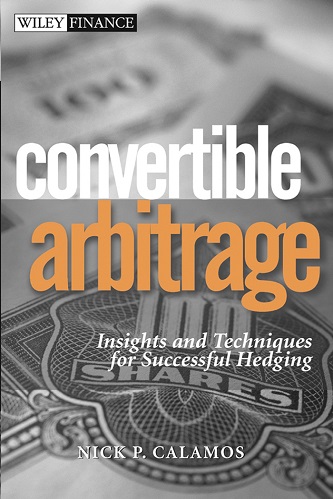

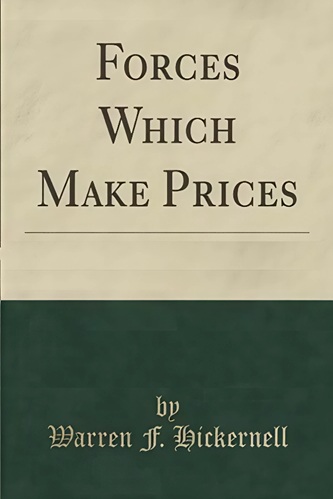
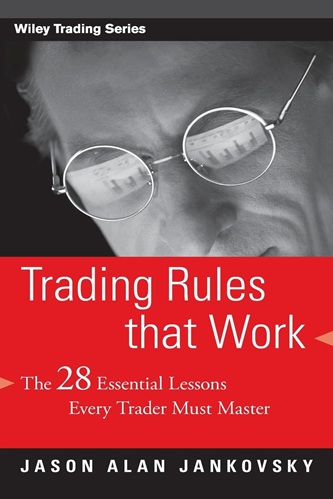
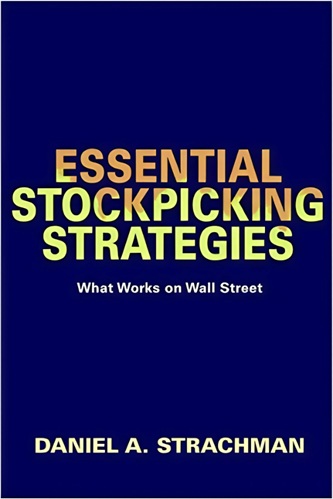
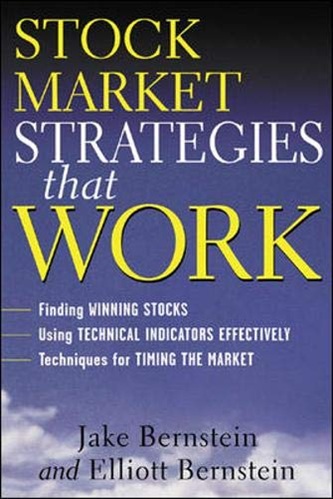
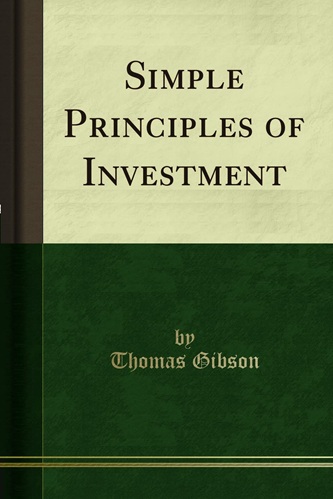
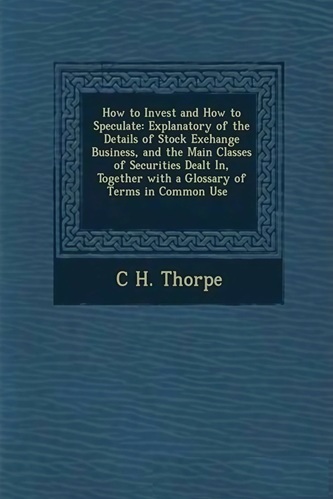
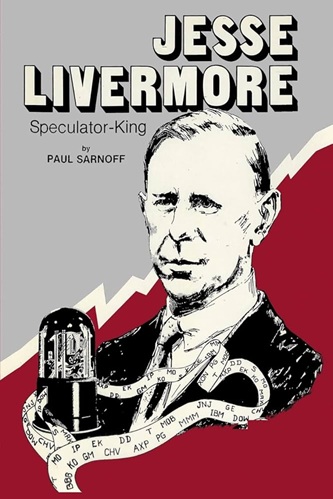
Norah Beard (verified owner) –
Has to be one of the best books out there on converts (although there are not many). Generally though, a must read for those that are interested in the product.
Raylan Hodge (verified owner) –
i studied from this book for the CAIA exam. while it presented some very fascinating approaches and ideas for me, keeping in mind i am not a practising arbitrageur yet, it was very poorly edited and written in general.
every book starts with an assumption about the level of sophistication the reader. this book seems to assume different levels in different chapters and even paragraphs. the chapter on equity valuation is written for kids (lose the chapter, nick) and the ones on hedging techniques doesn’t even bother to list assumptions behind complex positions.
the author uses the most confusing notations. e.g. Nu-1, literally typed out like that, which is supposed to represent a variable with subscript u-1. geez – whatever happened to computer typesettng with actual subscripts, and why use the same notation for different variables in different formulae? at least he could have used Nu-1 and Mu-1. I spent a lot of time making sense out of this one and assumed he was referring to Nu minus 1!
basically, if the same ideas were carefully thought out and presented by better editing and writing (and typesetting!), this would be an enjoyable book. as it stands, its a torture to go through. such wonderful ideas and such poor presentation. this one went out the door too early.
Nathanael Stuart (verified owner) –
Calamos has put together a useful reference for those interested in learning more about the proper pricing of convertibles. However his own agenda is quite transparent when looking at his own performance – picking the bottom (2002) of the CB wipeout to chart his own performance.
There are other gaps such as a lack of consideration of stock price movement and its influence on omicron (change of CB prices w/ resepct to credit spread). This has been researched by Berger and others – it the stock craps out, one side of the market is saying the credit worthiness of the issuer has declined.
If you are really going to *TRADE* a CB book, you need to quantify as many of these variables as possible with respect to each other. No risk factor exists in a vacuum, but Calamos seems to skip this level of integration.
If you are not a market practioner but would like to be, read this before an interview. Otherwise, it inhabits that middle ground of being too techincal for a novice and too naive for a professional.
Stormi Burnett (verified owner) –
To successfully employ convertible arbitrage, you need to value convertible bonds (CBs) correctly to be able to find underpriced CBs to buy, and then you need to know the number (delta) of stocks to short sell to hedge your position. How do you do this? The book correctly tells you that a binomial method must be used, but it spends only 10 pages or so on this matter! And even if you are proficient with binomial valuation, this description is quite poor and confusing. Most important though, the book does NOT cover the more complex attributes of convertible bonds (such as call and put provisions) that are very common. How can you expect to find underpriced CBs if you don’t value them properly? If you truly want to learn convertible arbitrage, I instead recommend the book “Pricing convertible bonds” by Kevin Connolly who carefully explains all the things you need to know about the valuation of CBs, so that even if you have never heard about binomial trees you will still understand it (he also supplies a disc with excel files).
Paisleigh Jefferson (verified owner) –
I have not read this book,but if you are really serious about arbitrage you should be able to write a program, that simulates the Black-Sholes model using discrete mathematics and random walk.
In short, you should be able to, from first principles, derive all you need to know about arbitrage.
But for those of you that prefer canned solutions, this book is OK I suppose.
Coraline Baxter (verified owner) –
This is by far one of the best books on hedge fund strategies. It’s very practical, but also provides enough technical details. Most other books on hedge funds just state some basic facts that everybody knows. This book, however, provides enough details on one single strategy, convertible arb. I would highly recommend this book to any serious Quant who wants to know more about convertible arb.
Amelie Ortiz (verified owner) –
The strategies that hedge funds are using now will be in the hands of ordinary investors within the next three weeks. One such strategy is the convertible bond. This is a derivative instrument that cannot be ignored. Fixed income until YOU the investor decide to switch.
How important is this. Mr.Calamos not only shows how relevant it is for today’s investor he makes sure that you know the necessary tips and tricks to outwit Wall Street at their own game. As investors wisen up to the need to retain their short term gains instruments such as convertible bonds, warrants, options, futures and many other derivative style investments will dominate the average investors portfolio.
Another two great books along this vein are “Futures For Small Speculators” and “Single Stock Futures For Small Speculators”. As the author of both books and a praticing financial planner I field calls constantly from everyday investors that are simply tired of the same old “buy and hold” strategies that don’t work or give up to much value in the short run.
Buy convertible arbitrage you won’t be disappointed.
Tomas Carlson (verified owner) –
This is no book for beginners, as I have a background in economics, econometrics, and trading, but I find the prose jumps over and casually breezes past assumptions, leaving me thinking I must have missed something. In almost each sentence and paragraph you have to absorb and absorb and keeping trying to figure out the author’s angles on what he means. Currently I am on pages 139-140, and I find impatience when encountering one-time blithe statements like “In practice, some slight additions to the short position on the way up will lock in some gains and avoid a hedge ratio that is extremely low relative to the delta.” Or, “The hedge ratio on a leveraged bullish tilt position should generally be slightly more than the hedge ratio on the un-levered bullish tilt position to reduce some of the added volatility in the return.” The syntax while trying to be plain language, loses the reader. I keep asking what exactly is “generally be slightly more than the hedge ratio” mean in the context of a portfolio; and do you own one each of the levered and unlevered to reduce volatility, and if not how can I be so confident my hedge ratio is thus adjusted properly if the volatility is well, volatile? It is like he writes to impress, which is not a bad thing by itself. It’s clear he’s having a good time. But if read aloud at a conference of CEO’s, I can envision them nodding their heads and furrowing their sagacious brows without actually a full understanding of what is said.
So the prose is dense. But it eventually “sounds” right to the ear if read over a couple times quickly, but still loaded with very subtle ideas watered down into plain words which can makes me stop and pause to consider each idea as if it were some kind of rosetta stone to the prior material. At the same time it gets me to pause and think, which is an upside and rewards patience. But it’s getting harder to gauge at this chapter how much progress I have made or not made, but I optimistically press on. I keep it hand so I can have more chances to peek inside this mysterious veil of conv arb. and learn something new and interesting.
It would be helpful to have more specific details where a natural question of ‘why?’ occurs if asked by a reader. From my own perspective, formulas would be far more compact and precise in conveying these ideas. English studies or philosophy enthusiasts may find it an enjoyable challenge to discern the Da Vinci-code like meanings.
Kali Walker (verified owner) –
I managed a convertible arbitrage portfolio for over 3 years from 1998-2002. When I began managing, the information found in this one book, had to be gathered from many different resources, if it was available at all. I wish this had been available when I first began. This book exposed me to techniques that I have not used before because of my investment mandate. Now I have them in my toolbox if I decide to hunt extra “alpha” for my portfolio.
Some of the techniques are only applicable by arbitrageurs that are in foreign markets. Even these are creative and inspire great avenues for further thought. It was while studying these that the thought occurred to me that the book might not be useable by the individual investor unless they are highly unique.
There are elements of this book that have the air of “promotion” to it. The first chapter cites the advantages of this technique in concert with other management styles. The returns and other statistics span from publication date back to 1995. 1994 was a profoundly difficult year for convertible arb managers and could possibly weakened Calamos’ assertions (to be fair he acknowledges as much at the end of the book). Convertible arbitrage will have difficult comparisons when it operates in an environment of low volatility and rising rates unless all risk (and return) are hedged away.
Luke Freeman (verified owner) –
I am not saying this is not a good book. In fact, this is by far the best I had come across on Convertible Arbitrage. It’s so informative and well written that it should be a handbook for hedge fund professionals or finance professors. However, it’s far beyond the comprehension of the investment public who would surely be confused by the vast amount of greek alphabets, financial equations and graphs. Of course, for those affluent readers (time- and money-wise) who want to learn, say, Bearish Tilt Gamma Convertible Hedge, Vega Hedge thru Volatility Swap etc. despite the technicalities and scale issues facing individual investors, it’s definitely not a bad bet.
Landon Felix (verified owner) –
As a technologist charged with implementing a convertible arbitrage fund, this book was incredibly helpful. By reading it, I learned enough about the strategy and how it works to have intelligent conversations with portfolio managers and analysts and understand what needs to be done to make it work. The book covers the Greeks and why they matter, and gives explanations of the strategies that are easily understood, but whose details are laid out in sufficient depth that the layperson might not be able absorb them all the first time through.
The books doesn’t, and really can’t, get into issues relating to data providers, prime brokers, and other execution-related topics. Yet it does cover almost every permutation of the strategy that you might find currently being implemented by a CA fund.
Overall, I think that this book provides an excellent grounding in the strategy, is a very engaging read, and will be a good reference as your understanding of the subject grows.
In closing, let me say this: The chapter on the Greeks alone justifies the purchase of this book. I have received questions from people wanting to know how I gained such depth of understanding in convertible/capital structure arbitrage so quickly, and I do not hesitate to hand them this book. (Well, maybe there is some hesitation.)